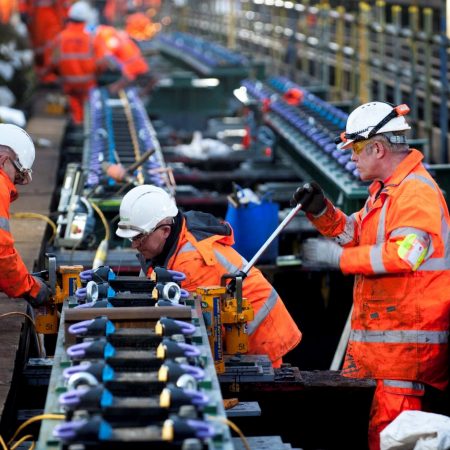Electrification and Plant Upgrades – Making Connections and Sharing the Load
2021 will see rail services and passenger numbers gradually returning to normal. But in crucial ways the experiences of rail users in the coming years will be different. The new era will feature better services, fewer cancellations and improved reliability.
This is the push behind Control Period 6 (CP6). It aims to fashion a more resilient rail network that is digitally enabled, more accessible and which works better for everyone. Making this happen involves collaborative working between multiple project teams and stakeholders. Careful coordination will avoid wasted resources and unnecessary closures.
The Network Rail Capital Delivery Southern Multi-Discipline Framework (SMDF) is enhancing this approach. It expands the procurement scope to include Electrification and Plant (E&P) renewals and enhancements. Traditionally, these activities were procured in separate work streams.
Using this collaborative approach, vital E&P upgrades to HV feeder lines, switchgear replacement, NSCD installation and rectifier renewals are integrated with UTX, station upgrades and other works.
Integrated Design and Delivery
The multi-discipline framework brings opportunities to increase efficiencies, reduce project risks, and improve the resilience of the railway much faster. Shorter supply chains allow for early engagement so that design, installation and possession planning are fully integrated over a range of schemes.
Under the collaborative delivery model, site investigations, surveys, design development and interfaces are carefully managed to incorporate the needs of all work streams. Meanwhile, the possession team’s detailed asset knowledge makes each possession more efficient, strategic and productive.
HV Feeder cable installation, UTX’s and station platform works have been undertaken simultaneously at multiple locations. By having the collaborative structure and relationships already in place it was also possible to bring forward E&P substation works and station upgrades into an emergency embankment project on the same line.
The benefits of the integrated approach will be felt by rail users. They will enjoy a rail network that is more sustainable and resilient, with reliable services and fewer disruptions. To find out more about how this collaborative framework operates, take a look at this detailed case study.
Find out more information here

